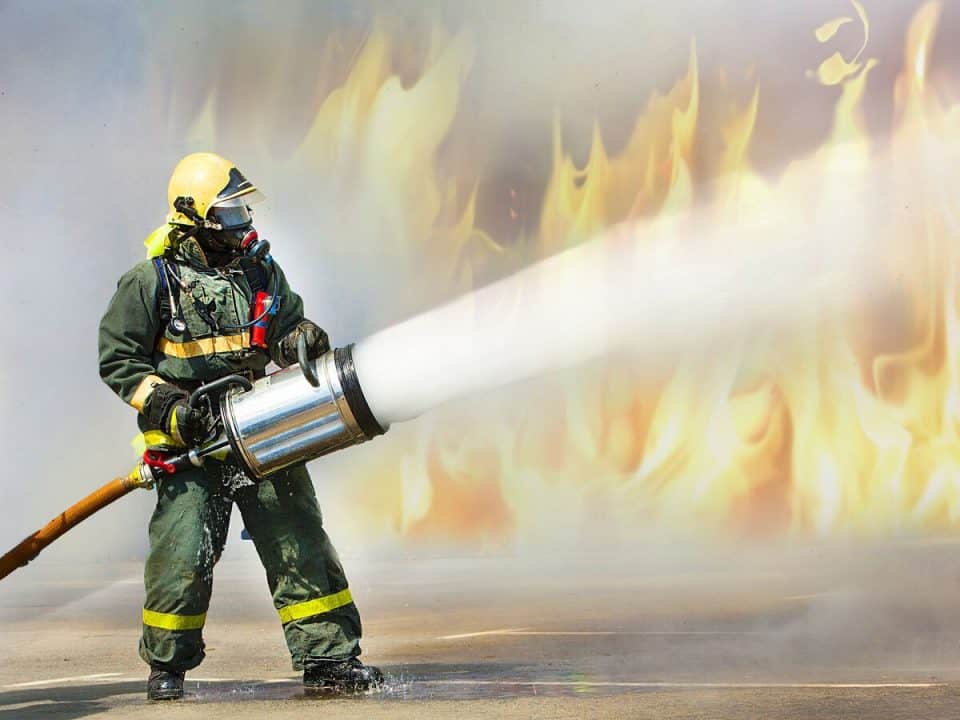- All
- Automobile Accident
- Business Litigation
- Criminal Defense
- Defective Products
- Guest Blog
- holidays
- Insider
- Insurance
- Life in South Carolina
- Litigation
- Litigation Support and Appeals
- Mediation
- Medical Malpractice
- Motorcycle Accidents
- News
- Personal Injury
- Qui tam
- Social Security Disability
- Traumatic Brain Injury
- Uncategorized
- Veterans Affairs
- Worker's Compensation
- Wrecks Involving Tractor Trailers
Tim Mercer
October 26, 2020
If you, or someone you love, has developed cancer after being exposed to toxic firefighting foam, please call us right away. In the 1960s, researchers for the U.S. Navy began testing a new form of firefighting foam that would extinguish flames quite rapidly. Just a decade later, in the 1970s, this type of foam was being used widely, across most military bases in the United States, as well as at a slew of airports, fire departments, and oil refineries. This foam, commonly known as Aqueous Film Forming Foam (AFFF) or perfluoroalkyl and polyfluoroalkyl substances (PFAS) was designed to put out burning jet fuel.
October 26, 2016
Gulf War Syndrome is a medical condition that was initially expressly equated with the first Gulf War, although certain symptoms have been found to span other conflicts in the Middle East and surrounding areas since then. The U.S. soldiers returning from the first Gulf War began suffering from chronic health issues that were chronicled and eventually became categorized as Gulf War Syndrome. More than 650,000 Service members served in Operation Desert Shield and Desert Storm from August 2, 1990 to July 31, 1991. For VA benefits eligibility purposes, the Gulf War period is still in effect. This means that anyone who served on active duty from August 2, 1990, to present is considered a Gulf War Veteran.

